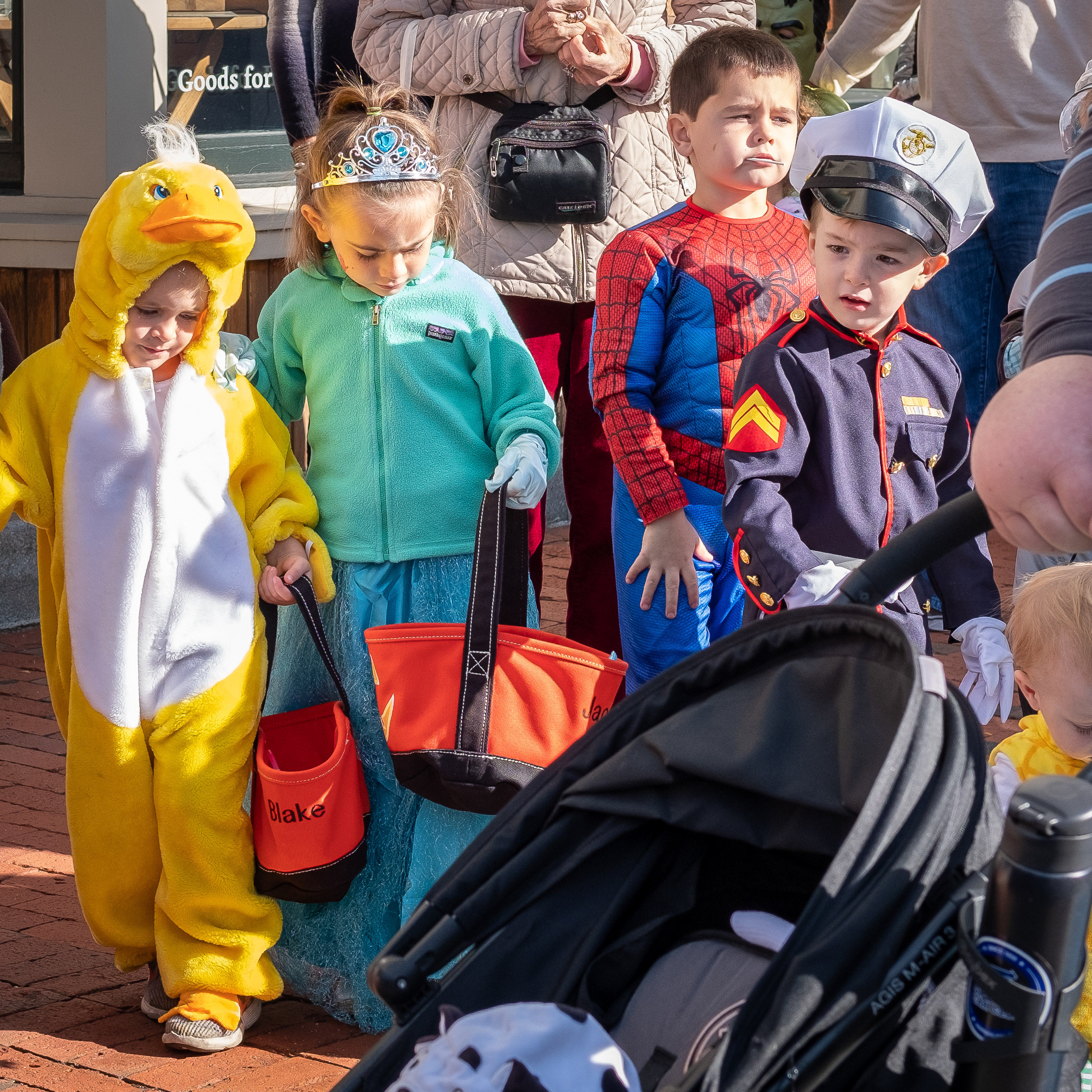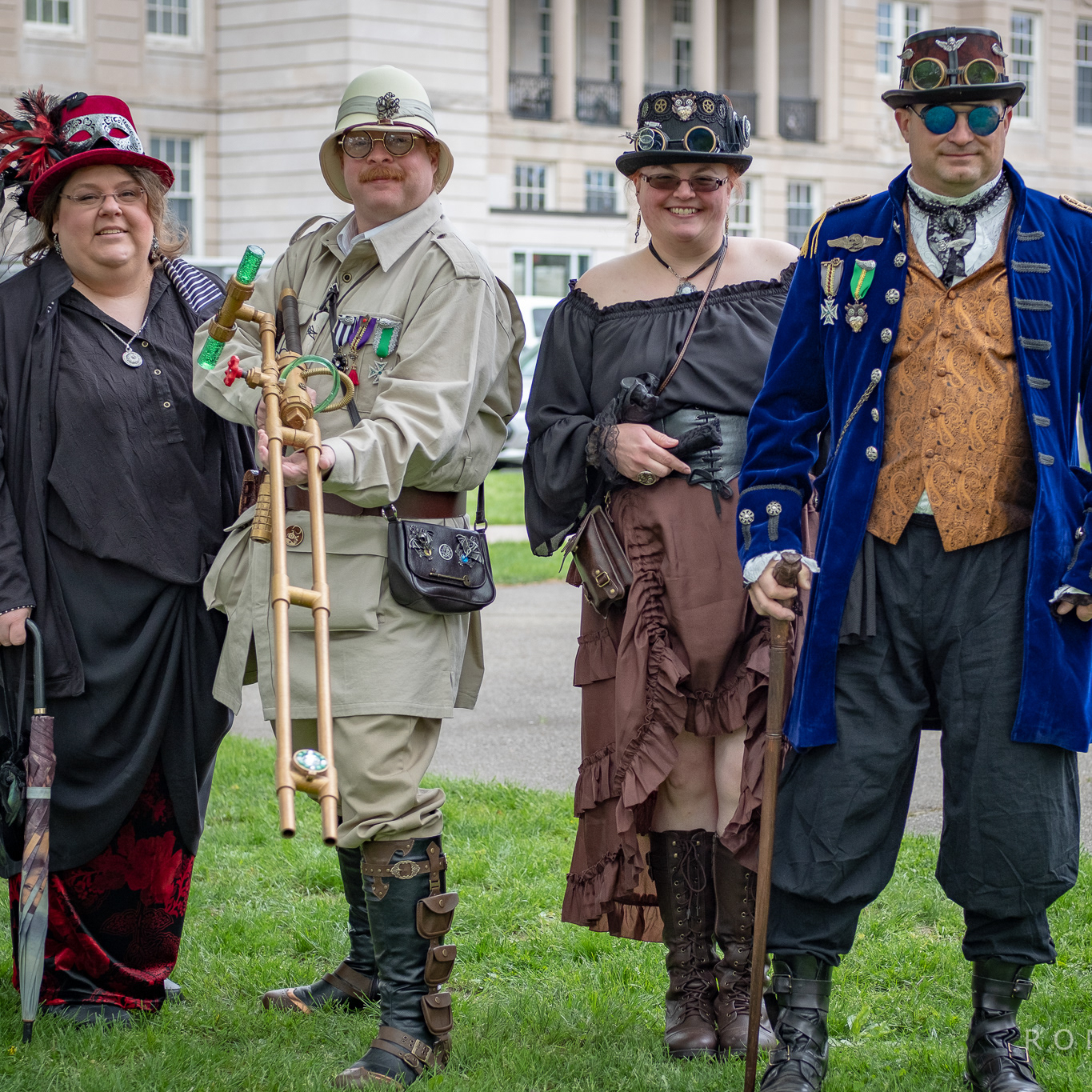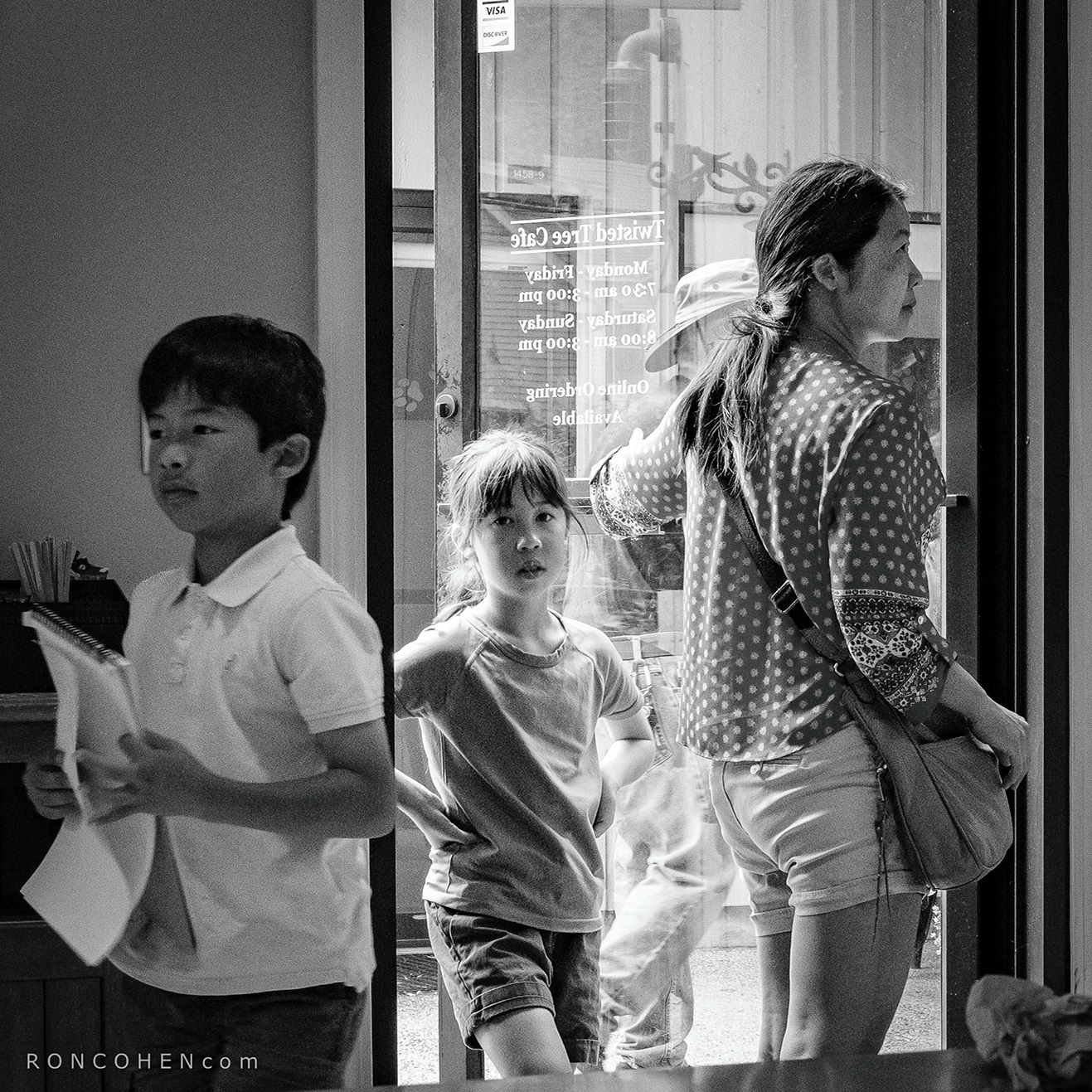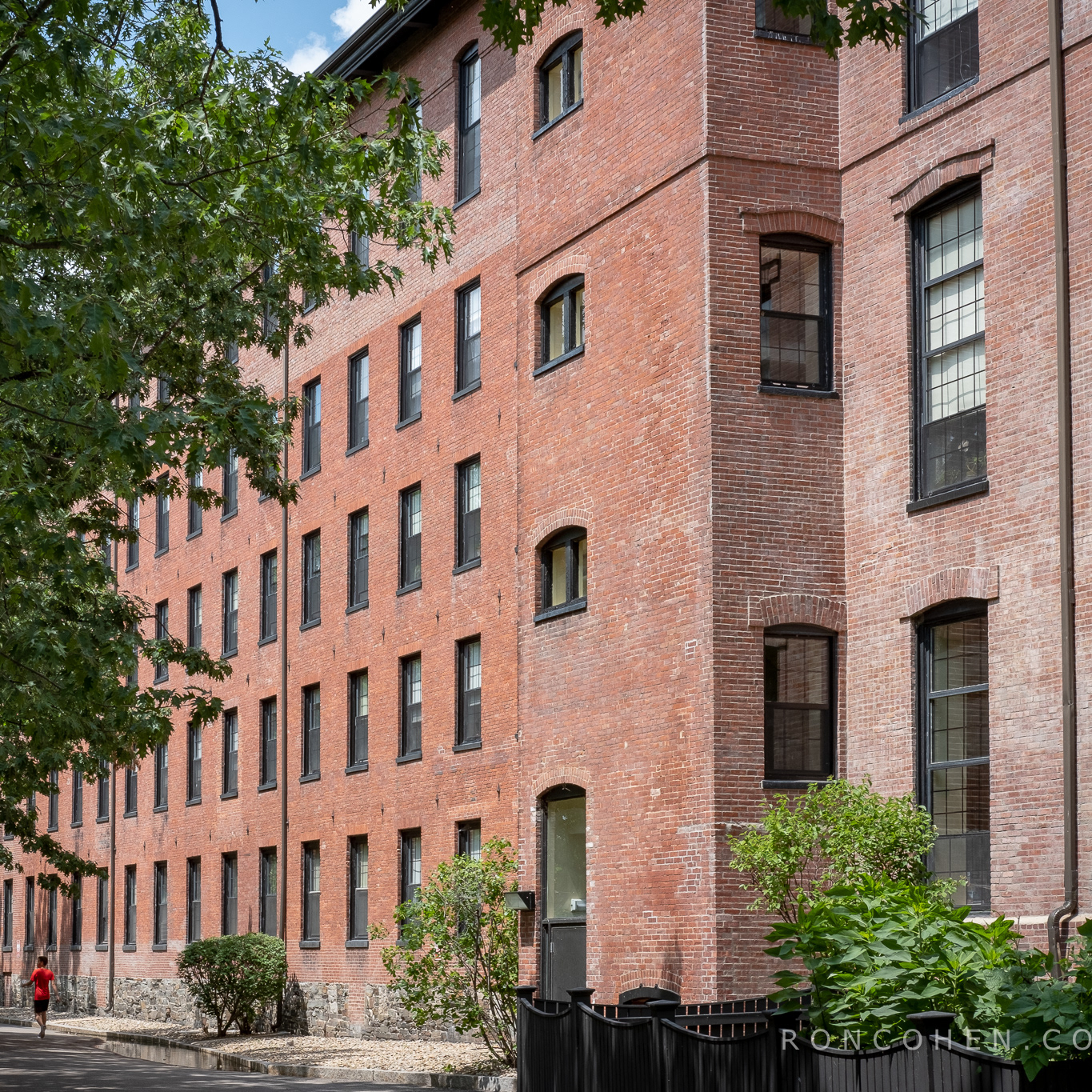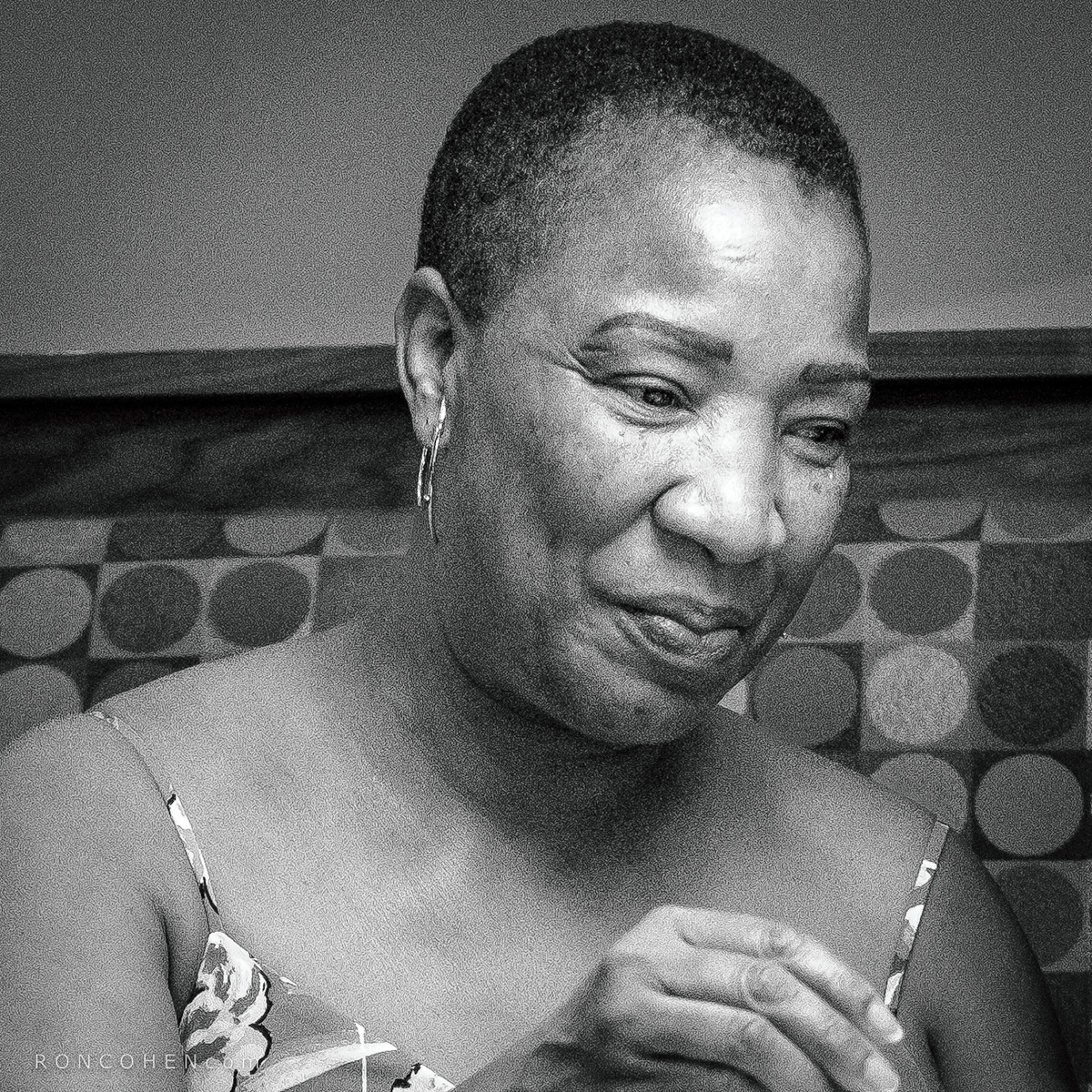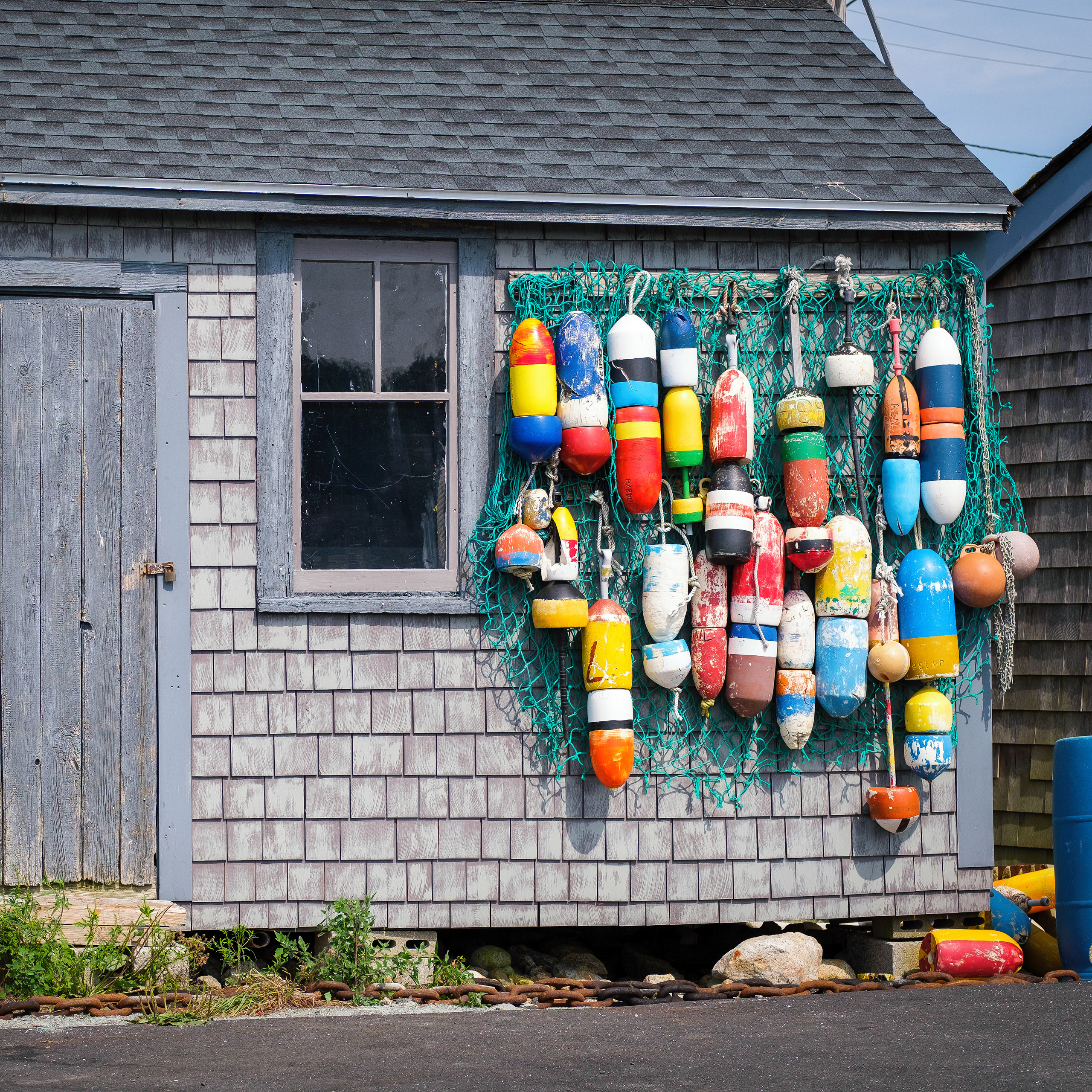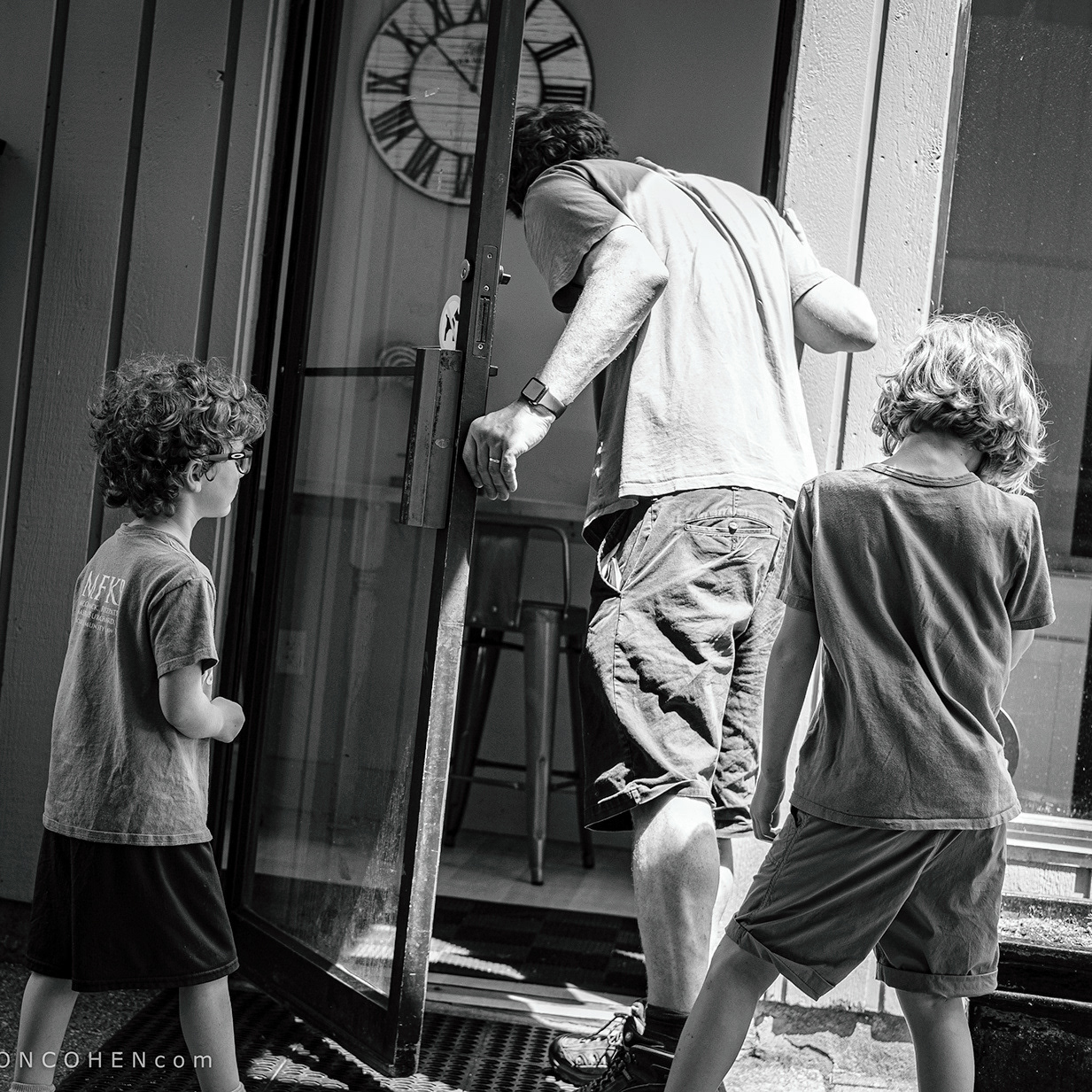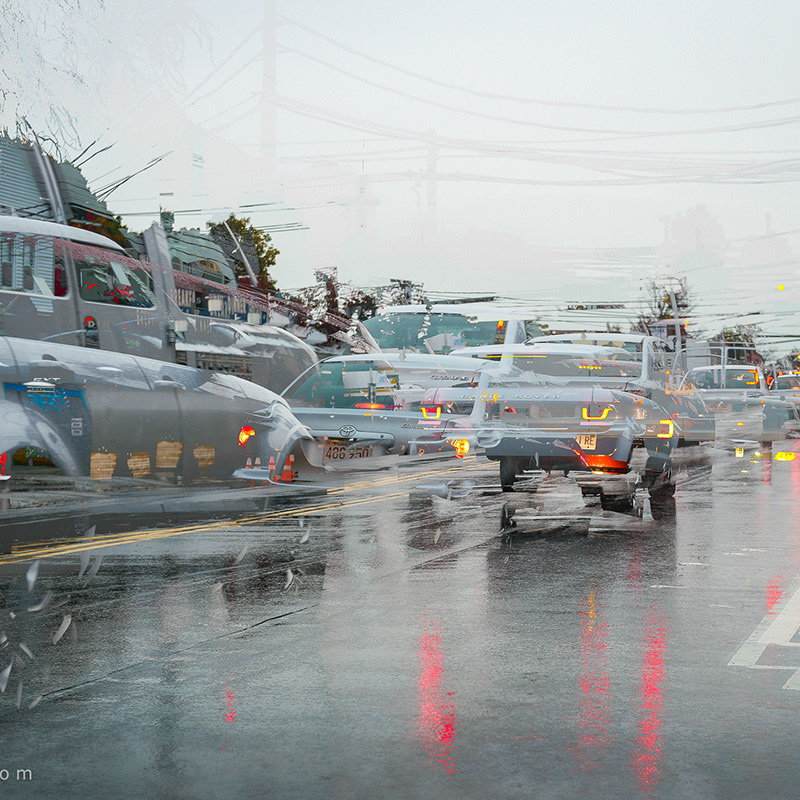⬇︎Click on any photo, below, to open slide show. Use keyboard arrows or swipe to view slides.
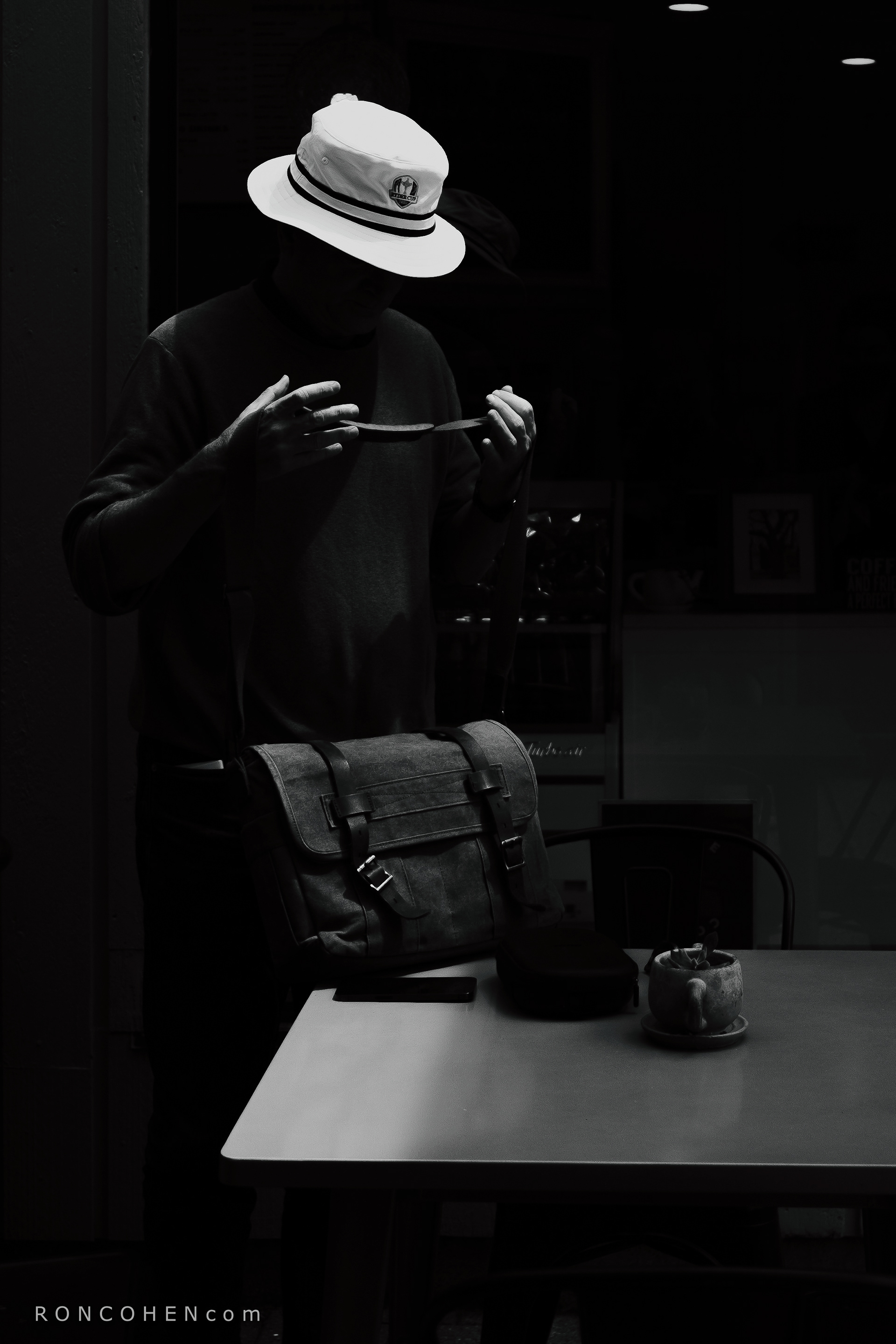
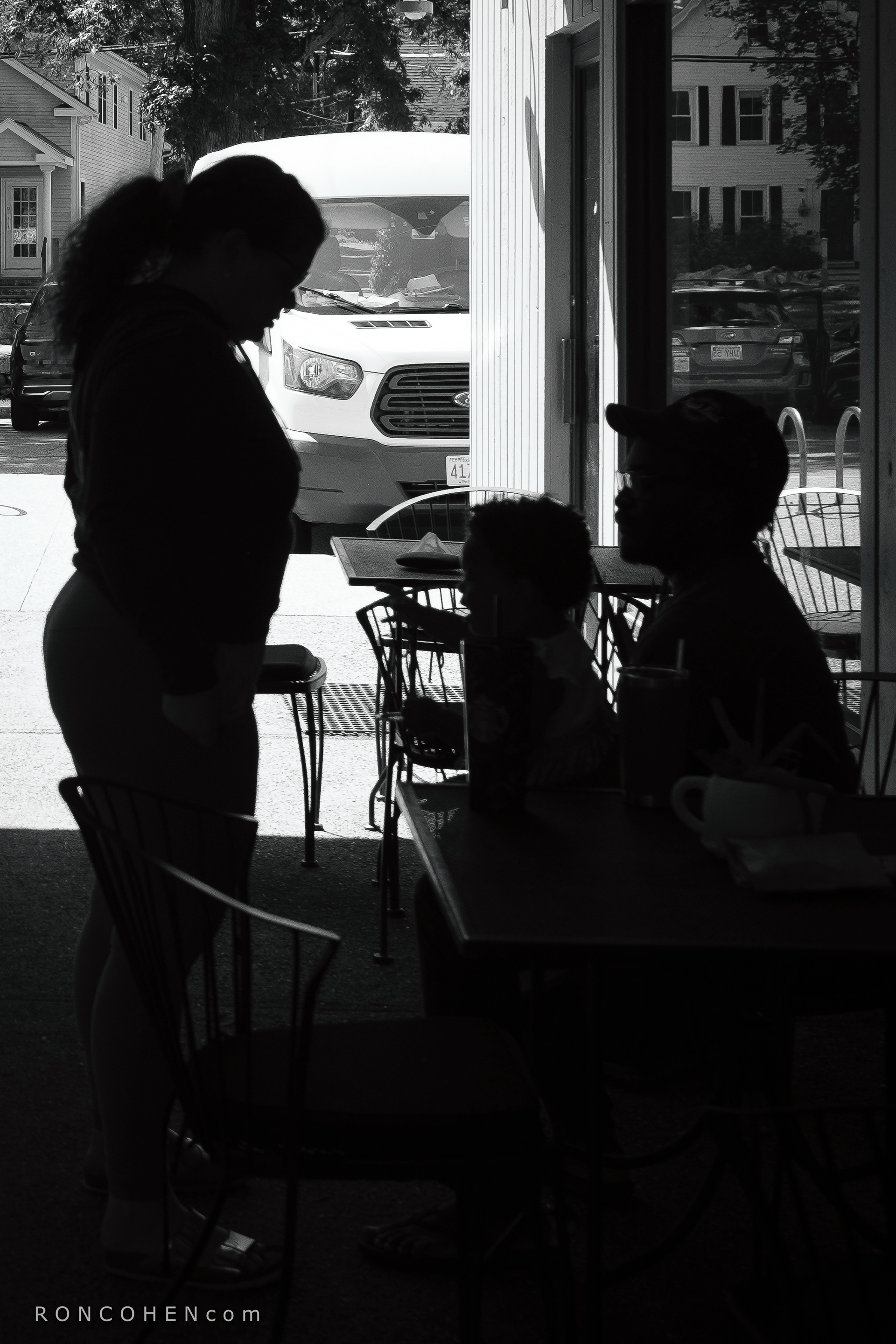

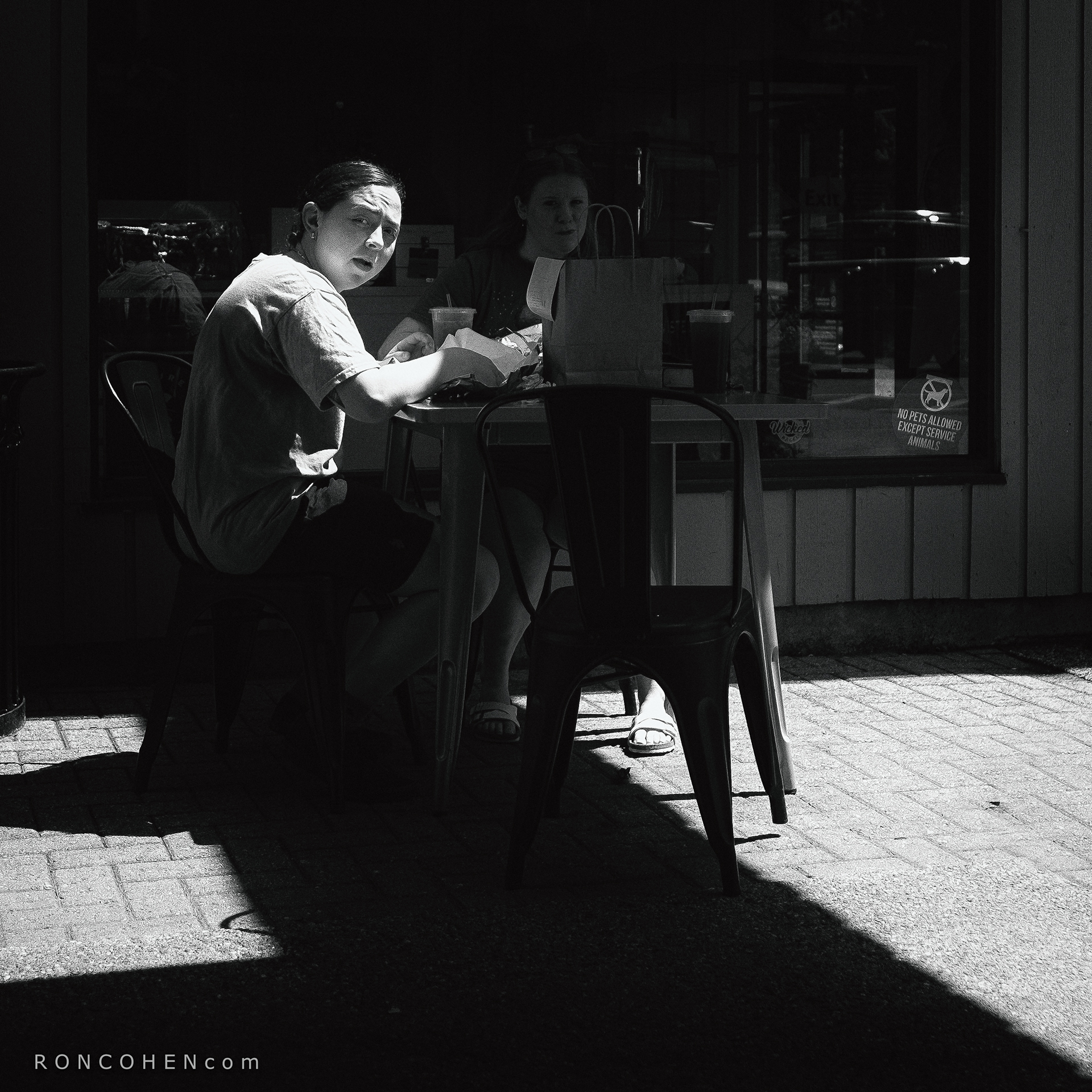
These photos are inspired by the work of Alan Schaller and Mark Fearnley, the London-based photographers who are so hugely popular on Instagram. (I refer to them as the "London School.") In their photos, a geometric frame or background will often contain a small human figure, often in silhouette, or illuminated by a single bright source. The tonal range will go from black to white, but in a few big steps. This formula showcases the relation between the individual and his/her urban environment, Schaller has said in a recorded interview. I find his work powerful, as many do, and I suspect his photos are tapping into something deep: feelings of alienation, perhaps, or loneliness, or helplessness. Whatever the explanation, there's no doubt that he's a great artist.
